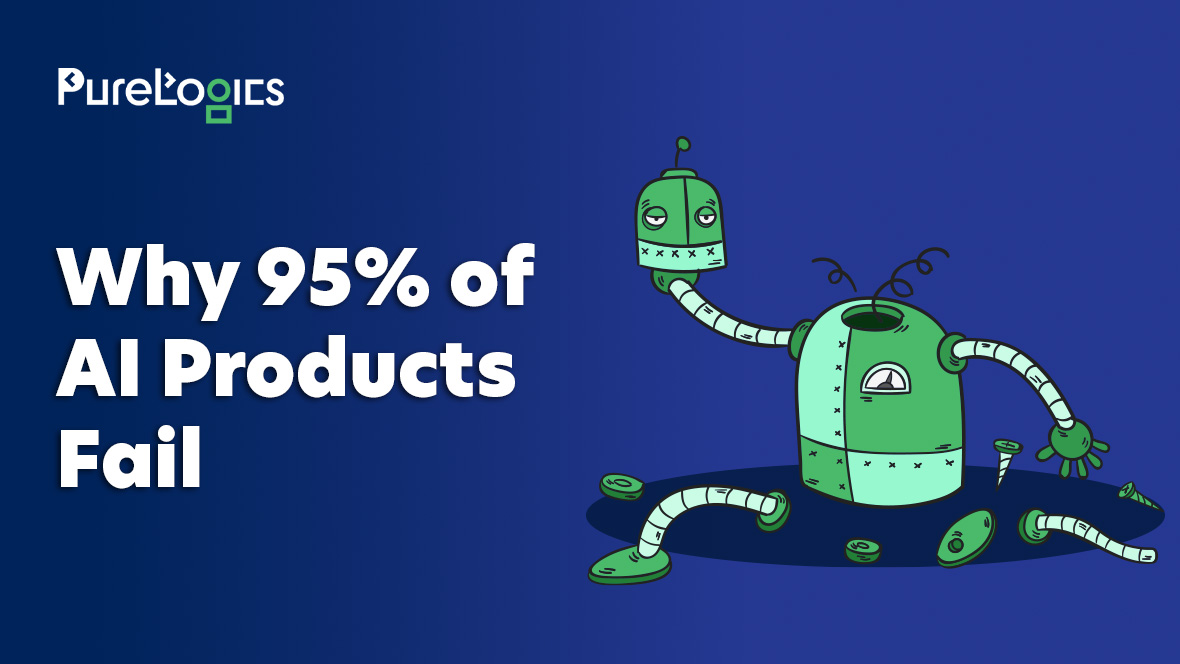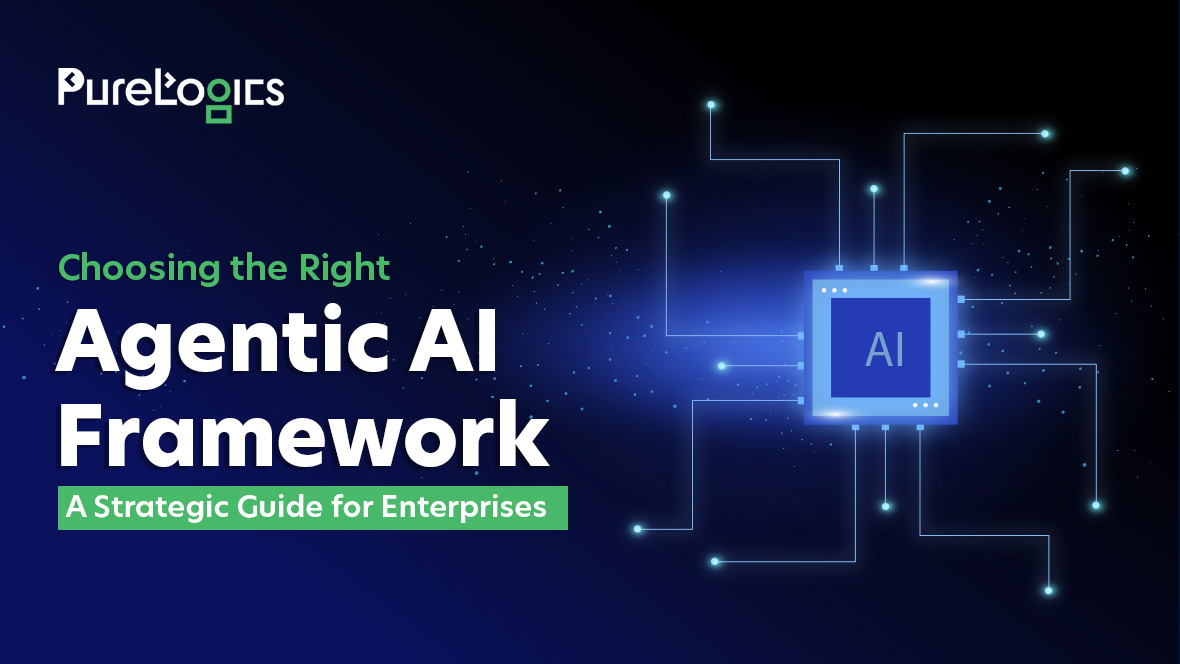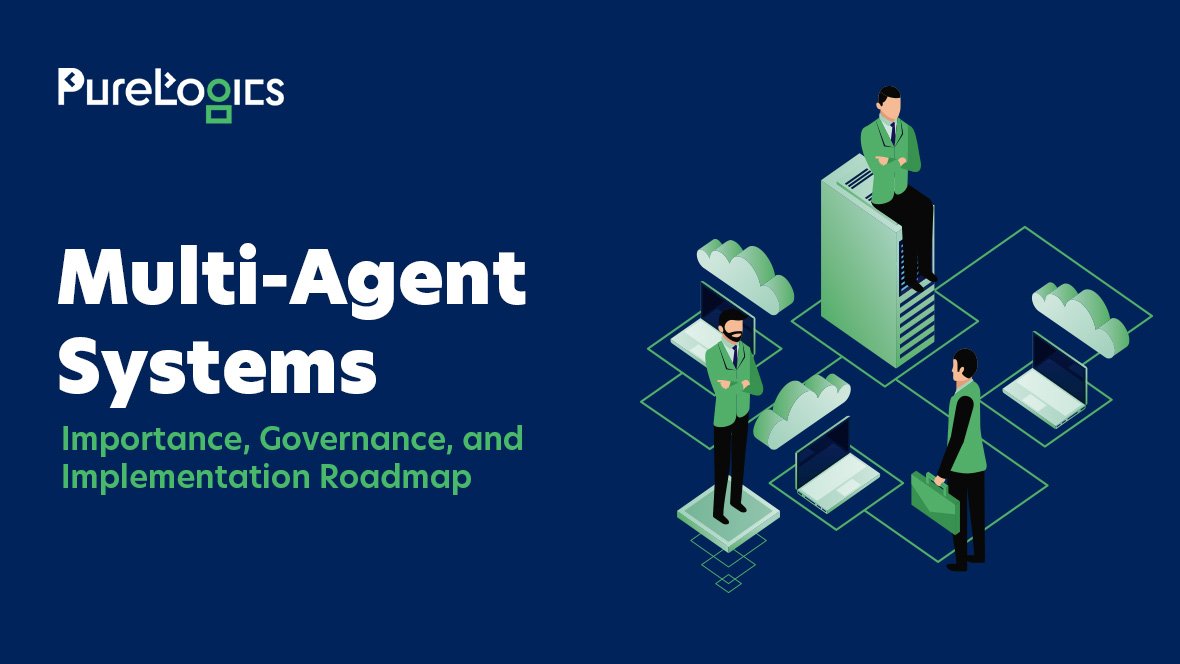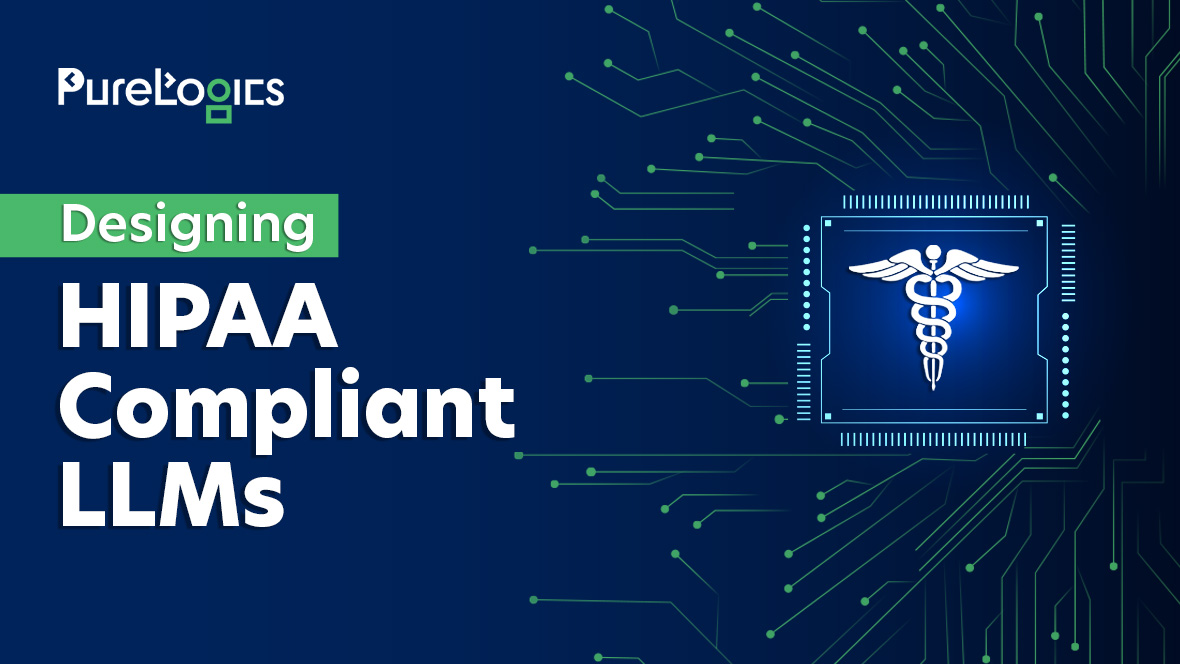When it comes to applying AI for businesses with products as their offering, expansion of the concept entails the fitting of AI in a potent, relatable and enduring manner. This guide will help you control the challenges we are experiencing in the integration of Artificial Intelligence.
Technology always tends to flourish ahead of the ability to manage it within the context of business, and right now, AI is following this trend. It is therefore important, as AI continues to grow at a rapid pace, to understand that enterprises are presented with both exciting opportunities and monumental challenges.
This challenge becomes even more complex when we think about AI’s impact on product strategy: On one hand, AI helps a company to deliver its products faster; on the other hand, it raises complexity concerning which product solutions will work.
Struggling with implementing such a system is not the problem; the primary challenge is how businesses must incorporate AI into their products to enhance functionality, enhance the user experience, incentivize product development, and solidify market advantage.
It is not just about using and deploying the AI system but also about understanding the need of the user targeting and learning how to create value for them through the AI system as well as accepting the fact that it is all about embracing a culture of continuous improvement. Here, we list what we believe are the most typical errors leaders and their organizations make and outline three grundnorms to integrate AI properly to a product.
What are Business Leaders Doing Wrong Currently?
AI technology is a given that has the potential to bring about many benefits, yet jumping straight into implementing it without a plan can be detrimental. Managers, encouraged by AI, sometimes lose sight of some significant problems they are planning to address.
These issues tell us that it is not reasonable to rely on AI as a solution because if everything must be watched by AI, there must be a very good plan for this step. It is possible to analyze some obstacles concerning the integrations of AI with your organization that are rooted in misconceptions of the technology’s worth. Here are the areas where leaders frequently make mistakes in AI integration
Concentrating on Cost Reduction
The issue of lack of funds is extremely pertinent for most companies but the problem aggravates when the business is small. However, monopolizing Artificial Intelligence strictly for profit will be an erroneous approach. In the McKinsey & Company report for 2023 it reveals that on the average, 19% of the AI high performer firms – that is, firms that attributed at least 20% of their Earnings before interest and taxes to the use of AI – aimed at cutting their costs.
The most frequently mentioned strategic objectives include the overall increase of sales and revenue from the client-oriented business; the addition of advanced and valuable features or analytics based on AI to improve the value; and the development of new businesses or sources of income.
When evaluating the use of digital technologies, especially advanced AI-based systems, it is important not to dwell on cost savings as the primary and only value factor. AI must also be noted that it’s part of a longer-term play and one should not necessarily assume gains from it.
Taking on Too Much
One of the main pitfalls is erroneous attempts to redesign processes with AI support from scratch. This often leads to making fake assumptions that are not grounded in reality. Although one can learn how to build an AI system from scratch, it may take time and will demand quite some amount of resources for training and might need the services of a professional.
For handling the challenge of lack of talent and skilled AI professionals, a more calibrated approach should be undertaken for adoption and talent acquisition in phases. To better let the teams adapt to the use and understanding of AI, it is best to start with a single product or a process to apply it on in the beginning in order to ease out with the changes.
It allows for the stepwise build-up of a team’s headcount, focusing on recruiting specialists to contribute to AI product objectives as an organization grows. First of all, it helps to make the process less overwhelming and less disruptive; second, it helps to encourage the buy-in that is necessary to make the work that we are doing more fluid and more adaptable, to make the use of AI more fluid and adaptable.
Not Handling the Risks
AI is a widespread phenomenon so growing importance is attached to ethical issues regarding its use. There are potential negative consequences of using prejudice based AI. For instance, an algorithm dealing with criminal justice in Broward County, Florida introduced the defendants with labels “high risk” simply because they like this color of their skin. Furthermore it has been found out that incorporating gender bias into natural language processing models through training such models with news articles is inevitable. This is particularly important in embracing AI and creating AI solutions by having a blind eye for existing discrimination in an organization.
Fairness & Bias
Deriving bias from AI can be a serious challenge since such systems are programmed to work based on data, any discriminative inputs in the data set are likely to be reflected in the output. To curtail this risk, it is important to make sure that the data collected is fair and is representative of the target population.
Accountability & Transparency
As AI gets embedded in the decision-making systems it is essential to know how decisions are made in real life. It is crucial to define the ways of control and adequate organization to guarantee the management’s and directors’ high level of responsibility and trust.
3 Principles for Seamless AI Integration
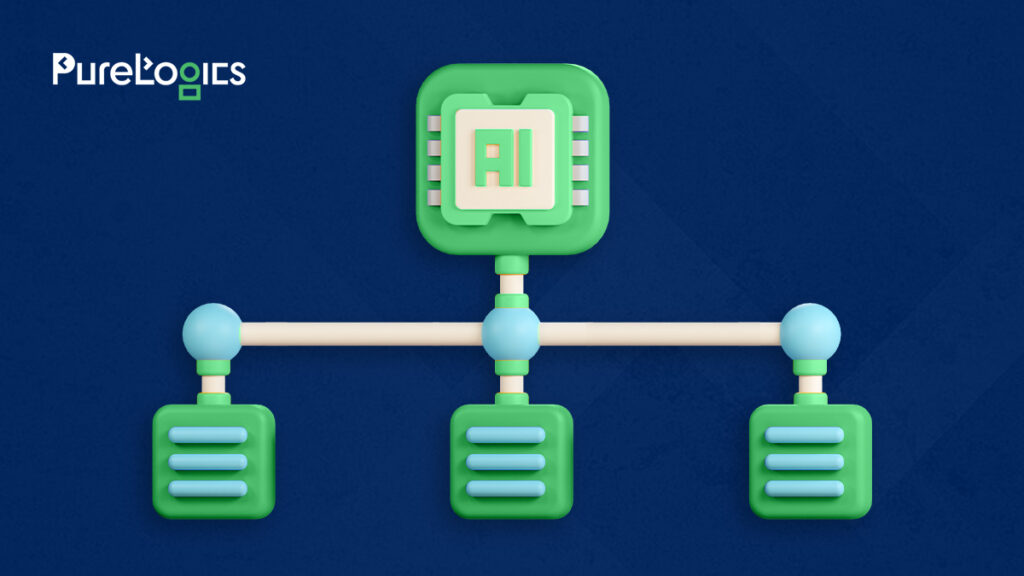
Self-learning computers and artificial intelligent systems are poised to disrupt businesses and product leaders can leverage the power of an AI algorithm using problem/solution space. Adhering to these three foundational principles can lead to successful AI integration:
1. Be Customer Centric
It is a great idea to ride the AI wave, but one must never lose focus of the customer. Always refer back to your mission statement, vision, and values as course while keeping a note of these elements is important.
- Market insight & user discovery
Before heading to solutions, there is a need to grasp and ration out opportunities. This can be obtained through customer surveys, focused research, competitors, market estimates and ensuring it fits the corporations overarching aims and goals.
- Solution brainstorming
Finally, after determining priorities, it is essential to work on those activities that we regard as most crucial or that will produce the greatest effect on the company. Assuming there is a place that a user wants to go, customize your solutions to satisfy that need/desire in that geographical place.
2. Stay Strategic as to AI Deployment
AI holds many promises but it is imperative to use it with focus towards achieving specific goals. AI implementation that is hasty or asleep-at-the-wheel may only lead to costs and distractions. Follow this workflow to maximize your chances of success:
- Identify opportunities
Determine specific product-specific and operational issues that can be addressed using AI techniques.
- Implement strategically
Treat AI as a unique solution for distinct problems within your business rather than a general replacement for all existing forms of manufacturing and production processes. Deploy it whenever it can make a noticeable difference, for a specific goal every time. It’s important not to incorporate AI into your business just for the sake of deploying it.
- Align solutions
Artificial Intelligence capabilities augment your value proposition and help support individual strategic goals.
3. Sustain a Project Management Approach
For some of these ideas Artificial intelligence and related technologies have accelerated the rates of bringing out these innovations. While this means that opportunities can be identified and hypotheses or solutions can be tested and refined faster than ever, it’s still important to adhere to the fundamentals of product management, it’s still important to adhere to the fundamentals of product management:
- Keep a balance
AI can help to bring these stages from ideation to implementation much faster, but one should not forget that it is sometimes possible to skip important steps. Hearing the word agility several things popped up in my head but product and customer discovery should never escape one.
- Repeat & refine
All start with a concept, build a product, test the product, and improve based on this feedback. It is recommended for a fixed-time and variable-scope approach with the pilot programs first. You have to consult, rethink and slowly integrate the product into the market.
- Stay Informed
Artificial intelligence is a continually developing domain as indicated by the current situation. Stress on its ability to be perpetually imbued with fresh potential and utilize this to the full by stressing on learning as a never-ending process. Endeavour to ensure that improvement is a continuous process in the organisation.
In implementing these three principles, corporate entities shall be better placed to assume the vanguard in the use of artificial intelligence.
Beyond Adaptation, Embrace Success with PureLogics
AI implementation is not just about technology, but about a belief system and change management discipline. If there is one thing to know about success in this field, it is to maintain a clear and coherent plan and never let your product strategy become rigid, but to always be guided by new data and the adaptive expectations of users.
The possibilities of AI are immense, and there are many potential pitfalls to AI adoption that businesses must be aware of to achieve success – the organization must remain customer-focused, make the right decisions, and promote a culture of perpetually learning in order to fully unlock the capabilities of AI successfully. It all comes down to this current approach, making your company successful and future-proof in this age of AI integration.
First, contact us to get an AI audit to evaluate your current state of product strategy and point at threats or opportunities for integration. Of course, they remain in the future, but not without opportunities to expand, invent, and distinguish oneself. Give us a call today!


 [tta_listen_btn]
[tta_listen_btn]
 June 3 2024
June 3 2024


